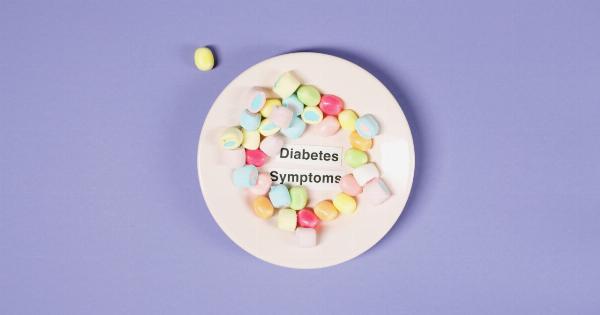Atherosclerosis is a chronic condition characterized by the buildup of plaque inside the arteries, which can eventually lead to serious cardiovascular complications such as heart attacks and strokes.
This article takes a closer look at the development of atherosclerosis, its risk factors, and potential preventive measures.
What is Atherosclerosis?
Atherosclerosis is a progressive disease in which plaque consisting of fatty substances, cholesterol, calcium, and other cellular waste products gradually accumulate on the inner walls of arteries.
Over time, these plaques can become calcified, harden, and narrow the arteries, restricting blood flow and oxygen supply to vital organs and tissues.
Development and Stages of Atherosclerosis
Atherosclerosis typically develops over many years, starting with endothelial dysfunction.
The endothelium, the inner lining of the arteries, becomes damaged due to various factors such as high levels of cholesterol, smoking, high blood pressure, and inflammation.
Once the endothelium is damaged, substances like lipids and white blood cells start accumulating in the arterial walls. These substances are then oxidized, leading to the formation of fatty streaks.
Initially, these fatty streaks are reversible, but with time, they can progress to more advanced stages of atherosclerosis.
In the next stage, smooth muscle cells migrate to the site of the fatty streaks and start forming a fibrous cap over them.
This cap stabilizes the plaque but also makes it more vulnerable to rupture or thrombosis, leading to the complete blockage of the affected artery.
Risk Factors for Atherosclerosis
There are several risk factors that contribute to the development of atherosclerosis, including:.
- High Cholesterol Levels: Elevated levels of LDL (low-density lipoprotein) cholesterol, known as “bad” cholesterol, can lead to the accumulation of plaque.
- Smoking: Chemicals in tobacco smoke damage the endothelial lining of the arteries, promoting plaque formation.
- High Blood Pressure: Uncontrolled hypertension puts excessive strain on the arterial walls, making them more susceptible to damage.
- Obesity: Excess body weight increases the risk of developing high cholesterol levels, hypertension, and diabetes, all of which contribute to atherosclerosis.
- Diabetes: People with diabetes often have abnormal lipid profiles and increased inflammation, accelerating the progression of atherosclerosis.
- Inactivity: A sedentary lifestyle is associated with various risk factors for atherosclerosis, including obesity, high blood pressure, and diabetes.
- Family History: Atherosclerosis tends to run in families, and genetic factors can play a significant role.
Preventive Measures for Atherosclerosis
Fortunately, atherosclerosis can often be prevented or its progression slowed by adopting a healthy lifestyle and managing risk factors. Here are some preventive measures:.
- Healthy Diet: Follow a diet low in saturated fats, trans fats, and cholesterol. Incorporate fruits, vegetables, whole grains, lean proteins, and healthy fats into your meals.
- Regular Exercise: Engage in moderate-intensity aerobic exercise, such as brisk walking or cycling, for at least 150 minutes per week.
- Quit Smoking: If you smoke, seek professional help to quit smoking and minimize exposure to secondhand smoke.
- Maintain a Healthy Weight: Reach and maintain a healthy body weight through a combination of a balanced diet and regular physical activity.
- Control Blood Pressure: Monitor your blood pressure regularly and follow your doctor’s recommendations to keep it within a healthy range.
- Manage Diabetes: If you have diabetes, work closely with your healthcare team to keep your blood sugar levels under control.
- Reduce Stress: Practice stress-management techniques such as meditation, deep breathing exercises, or engaging in hobbies to reduce the negative impact of stress on your cardiovascular health.
Conclusion
Atherosclerosis is a complex disease that develops over time due to various risk factors.
By understanding its development and taking preventive measures, individuals can significantly reduce their risk of developing this potentially life-threatening condition. Adopting a healthy lifestyle, managing risk factors, and seeking regular medical check-ups are crucial steps towards maintaining optimal cardiovascular health.



























